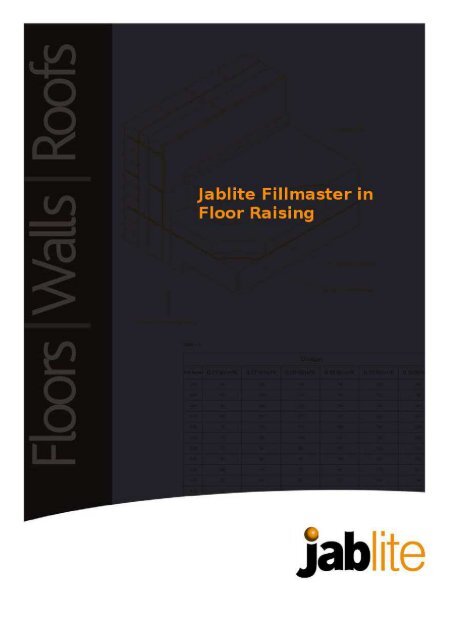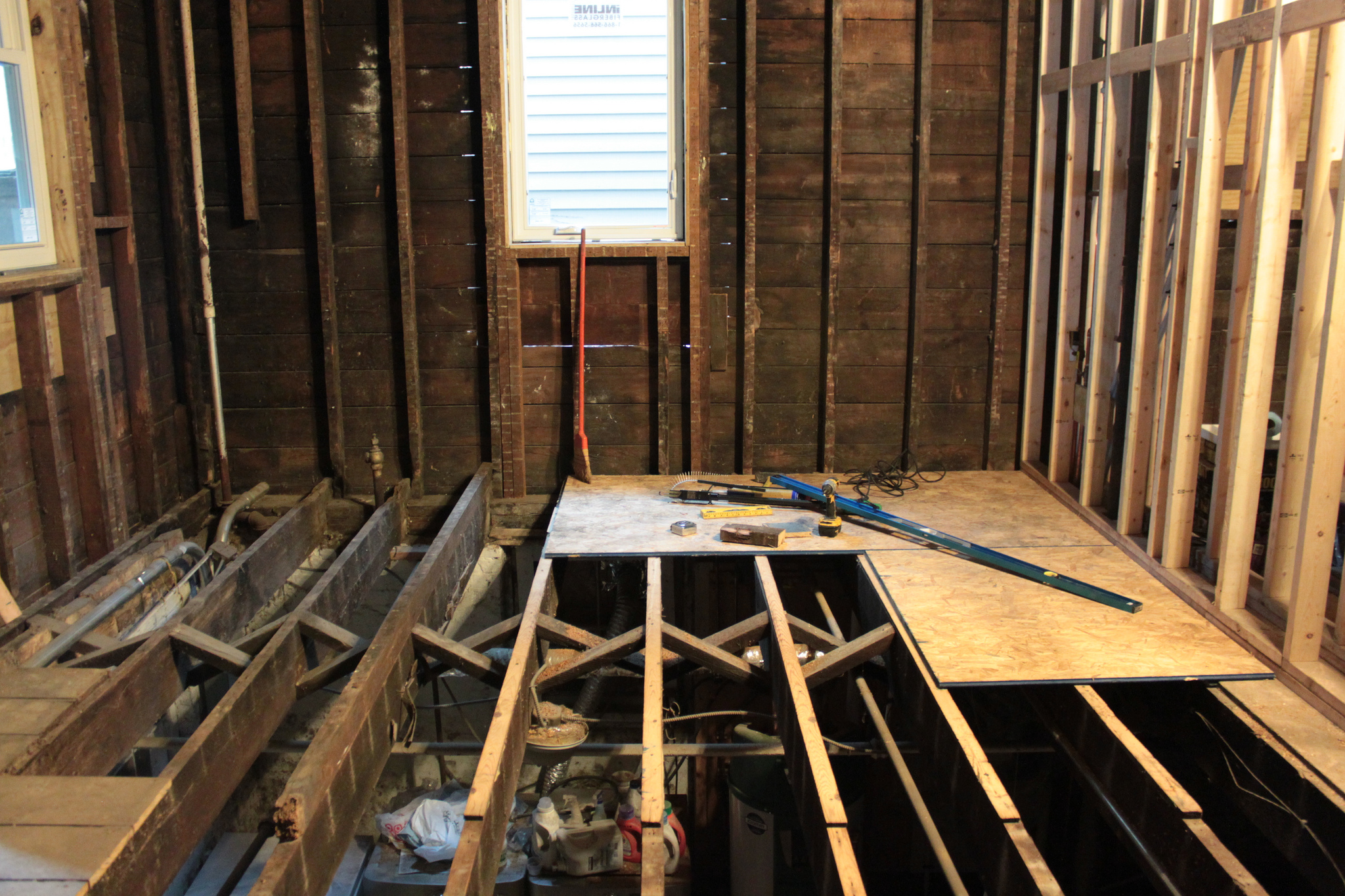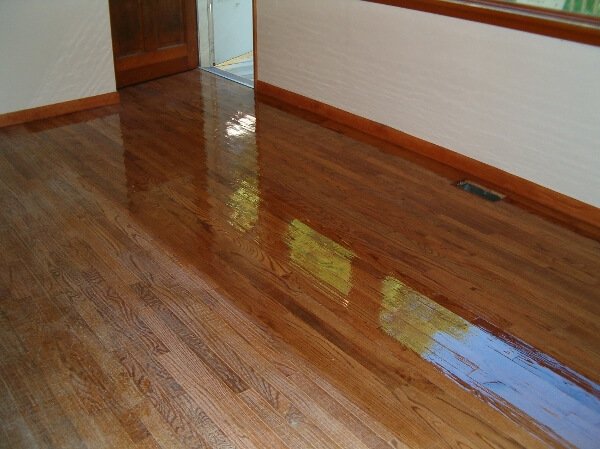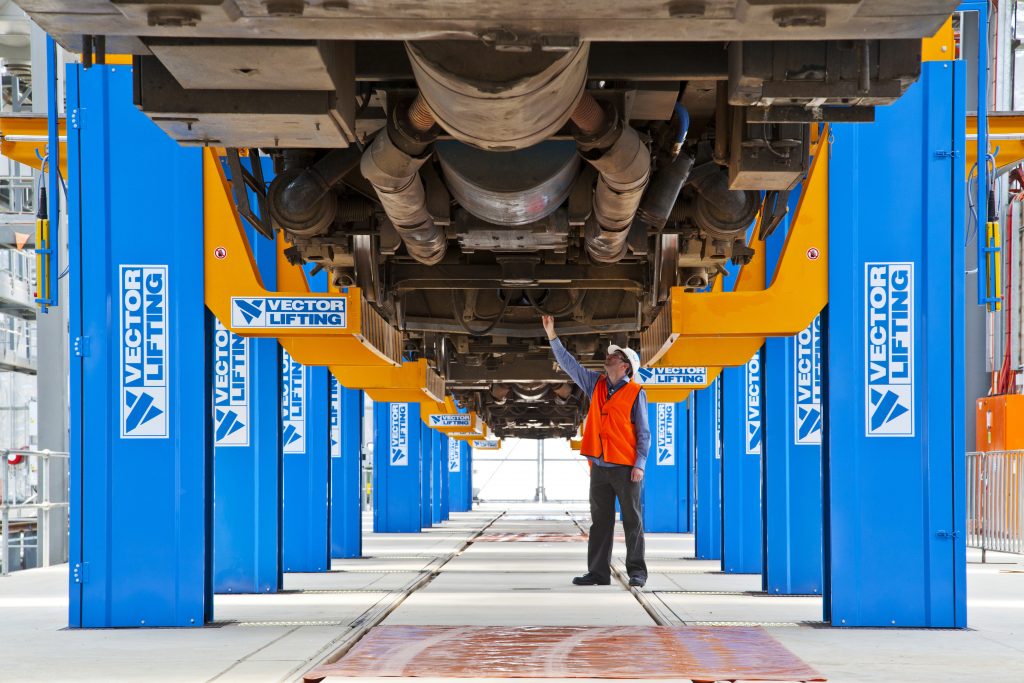Floor leveling is the process of correcting an uneven or sloping floor in a living room. This can be caused by a variety of factors such as settling of the foundation, shifting of the house, or poor construction. If left untreated, an uneven floor can not only be unsightly but also potentially hazardous. Fortunately, there are several methods for raising the floor in a living room to create a more level and stable surface.Floor Leveling
Floor raising is a popular method for correcting an uneven floor in a living room. This involves adding extra layers of material such as plywood or concrete over the existing floor to create a more level surface. This method is commonly used for floors that are only slightly uneven and can be completed relatively quickly and with minimal disruption to the home.Floor Raising
Floor jacking is a more intensive method for correcting an uneven floor. This involves using specialized equipment to lift the floor and pack shims or spacers underneath to level it out. While this method may take longer and can be more costly, it is often the best solution for severe floor leveling issues.Floor Jacking
Floor shimming is a common technique used in conjunction with other methods for raising the floor in a living room. This involves placing small wedges or shims between the floor joists and the subfloor to even out any dips or uneven areas. Floor shimming is often used in combination with floor jacking to achieve the desired level surface.Floor Shimming
Floor underlayment is a thin layer of material that is placed between the subfloor and the finished flooring. This can be used to create a level surface by filling in gaps or dips in the subfloor. Floor underlayment is a cost-effective solution for minor floor leveling issues and can also provide additional insulation and soundproofing.Floor Underlayment
Floor screeding is the process of using a specialized concrete mixture to even out an uneven floor. This method involves pouring a thin layer of the concrete mixture over the existing floor and then smoothing it out to create a level surface. Floor screeding is often used for larger areas or more significant floor leveling issues.Floor Screeding
Floor resurfacing is another popular method for correcting an uneven floor in a living room. This involves removing the existing flooring and replacing it with a new layer to create a level surface. This method is often used for floors that are severely damaged or have multiple layers of flooring that need to be removed.Floor Resurfacing
Floor repair is a necessary step in raising the floor in a living room. This can involve replacing damaged subflooring, fixing cracks or gaps, and making any necessary repairs before the leveling process begins. Proper floor repair is crucial for ensuring the success and longevity of any floor leveling project.Floor Repair
Floor lifting is a specialized technique used for correcting severe floor leveling issues. This involves using hydraulic jacks to lift the entire floor and create a level surface. This method is often used for older homes with significant settling or shifting, and it may require additional reinforcement to ensure a stable and long-lasting result.Floor Lifting
Floor stabilization is an essential part of any floor leveling project. This involves identifying and addressing the underlying causes of an uneven floor, such as foundation issues or poor construction. Without proper stabilization, the floor may continue to settle or shift, leading to recurring floor leveling issues. In conclusion, raising the floor in a living room is a multi-step process that requires proper planning, materials, and techniques. Whether you choose floor jacking, floor resurfacing, or another method, it is essential to consult with a professional and ensure that the job is done correctly to create a safe, level, and beautiful living space.Floor Stabilization
Raise the Floor in Your Living Room to Create a More Functional Space

Why Raising the Floor in Your Living Room is a Smart Design Choice
 When it comes to designing and decorating our homes, we often focus on color schemes, furniture placement, and accessories. But one often overlooked aspect of home design is the floor. The floor is not only a functional aspect of our living spaces, but it also sets the foundation for the overall aesthetic of the room. If you want to create a more functional and visually appealing living room, consider raising the floor.
Raising the floor
in your living room
may seem like a daunting and expensive task, but the benefits far outweigh the costs. By
raising the floor
, you can
create more storage space
and
add depth and dimension to your living room
. This is especially beneficial for smaller living rooms that may lack storage or feel cramped. By
raising the floor
, you can
create hidden storage spaces
underneath, such as pull-out drawers or built-in cabinets. This not only adds functionality but also keeps clutter at bay, making your living room feel more open and organized.
When it comes to designing and decorating our homes, we often focus on color schemes, furniture placement, and accessories. But one often overlooked aspect of home design is the floor. The floor is not only a functional aspect of our living spaces, but it also sets the foundation for the overall aesthetic of the room. If you want to create a more functional and visually appealing living room, consider raising the floor.
Raising the floor
in your living room
may seem like a daunting and expensive task, but the benefits far outweigh the costs. By
raising the floor
, you can
create more storage space
and
add depth and dimension to your living room
. This is especially beneficial for smaller living rooms that may lack storage or feel cramped. By
raising the floor
, you can
create hidden storage spaces
underneath, such as pull-out drawers or built-in cabinets. This not only adds functionality but also keeps clutter at bay, making your living room feel more open and organized.
How to Raise the Floor in Your Living Room
 Now that you understand the benefits of
raising the floor
, you may be wondering how to go about it. The first step is to consult with a professional contractor or designer to determine the feasibility of this project for your specific living room. They can help you
choose the best materials
and
design options
that will complement your existing space and meet your needs.
Once you have a plan in place, the actual process of
raising the floor
can be quite simple. It involves
building a subfloor on top of your existing floor
, which can be made of plywood or another sturdy material. This subfloor is then covered with your desired flooring material, such as hardwood or tile. The end result is a raised floor that seamlessly blends with the rest of your living room.
Now that you understand the benefits of
raising the floor
, you may be wondering how to go about it. The first step is to consult with a professional contractor or designer to determine the feasibility of this project for your specific living room. They can help you
choose the best materials
and
design options
that will complement your existing space and meet your needs.
Once you have a plan in place, the actual process of
raising the floor
can be quite simple. It involves
building a subfloor on top of your existing floor
, which can be made of plywood or another sturdy material. This subfloor is then covered with your desired flooring material, such as hardwood or tile. The end result is a raised floor that seamlessly blends with the rest of your living room.
Considerations for Raising the Floor in Your Living Room
 Before you decide to
raise the floor
in your living room, there are a few things to consider. First, you must ensure that the
height of your ceiling
will allow for a raised floor without compromising the overall space. Additionally, you may need to
relocate electrical outlets or heating vents
to accommodate the new floor height. It's important to carefully plan and budget for these potential additional costs.
In conclusion,
raising the floor in your living room
is a smart design choice that can greatly enhance the functionality and aesthetic of your space. By
creating more storage space
and
adding depth and dimension
, you can transform your living room into a more inviting and organized space. Just be sure to consult with professionals and carefully consider all aspects before embarking on this project.
Before you decide to
raise the floor
in your living room, there are a few things to consider. First, you must ensure that the
height of your ceiling
will allow for a raised floor without compromising the overall space. Additionally, you may need to
relocate electrical outlets or heating vents
to accommodate the new floor height. It's important to carefully plan and budget for these potential additional costs.
In conclusion,
raising the floor in your living room
is a smart design choice that can greatly enhance the functionality and aesthetic of your space. By
creating more storage space
and
adding depth and dimension
, you can transform your living room into a more inviting and organized space. Just be sure to consult with professionals and carefully consider all aspects before embarking on this project.










































:max_bytes(150000):strip_icc()/solution-for-a-rocking-toilet-2719036-05-fd0c0ade86aa4ebaac5234b769140fe6.jpg)







/new-floor-installation-185270632-582b722c3df78c6f6af0a8ab.jpg)


/laying-laminate-flooring-170236773-58238ada3df78c6f6ad4bd8d.jpg)


/installing-new-floor-155283804-582b79a25f9b58d5b17e597f.jpg)




.jpeg)






/Screeding-Concrete-478393260-56a4a08d3df78cf77283512d.jpg)





















































